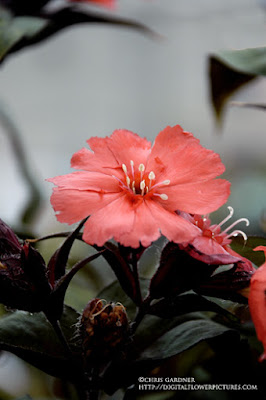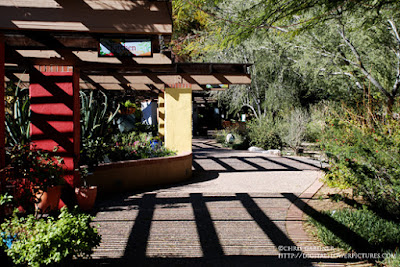Lychnis Lipstick
Lychnis (LIK-niss)
This is a plant that clearly exceeded its ability to get
named. There are many identities that this plant is masquerading under. Developed
by Sunny Border Nurseries here in Connecticut this plant shows a lot of potential.
The vermillion color is super and only partially represented here. The dark
foliage tips add a beautiful background that is a nice compliment to the
flowers.
Generally I think of Lychnis as a cooperative plant that
grows well in lean soil and dry conditions. It often reproduces from seed but
not in a bothersome way. This plant can be used in the cottage garden,
perennial border and in tough rocky areas.
Here is another one from my non-flower photography tries. It
is a conversion from a color shot because the D70s does not have a monochrome
setting. It is a box car on the Housatonic Railway.
















